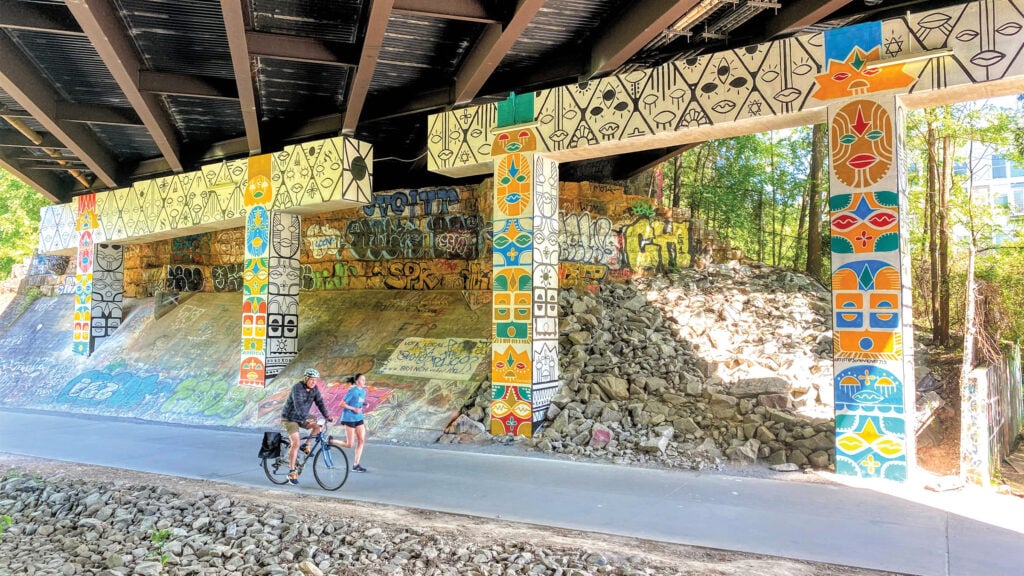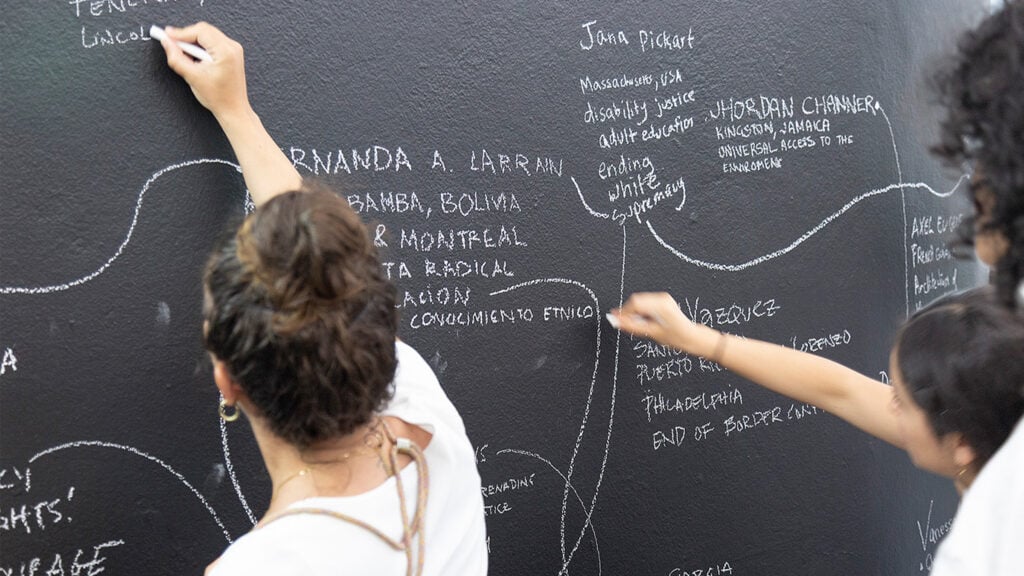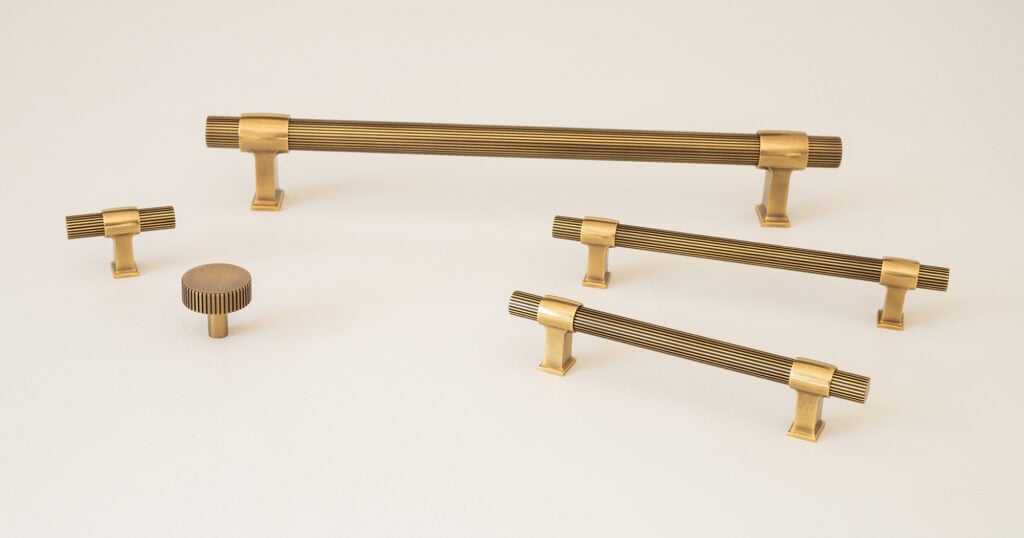
December 5, 2022
Tracing Nearly 100 Years of Cross-pollination Between the U.S. and Scandinavia
Among the many beautiful things on view at the Los Angeles County Museum of Art’s (LACMA) Scandinavian Design and the United States, 1890–1980 is a rectangular textile depicting, in graphic silhouette, a vase of poppy-red flowers with folded green leaves against four vertical feet of pale linen.
Created by Howard Smith for the Finnish textile and home decor company Vallila in the late 1970s, the design is just one of the exhibition’s many examples of cultural exchange between the United States and the Nordic countries over the course of the 20th century. Smith was a Black artist who studied at the Pennsylvania Academy of Fine Arts. In 1962, he went with Young America Presents, a U.S.-sponsored festival, to Helsinki and decided to stay, establishing partnerships with some of Scandinavia’s most influential designers. By Smith’s telling, adopting Finland’s creative community came of necessity: “I didn’t leave with any pleasant thought about the United States,” he’s quoted as saying in an essay in the exhibition’s catalog, referring to America’s racism and lack of opportunity for artists. “I was at an impasse. There was nothing further to do, so I went.”
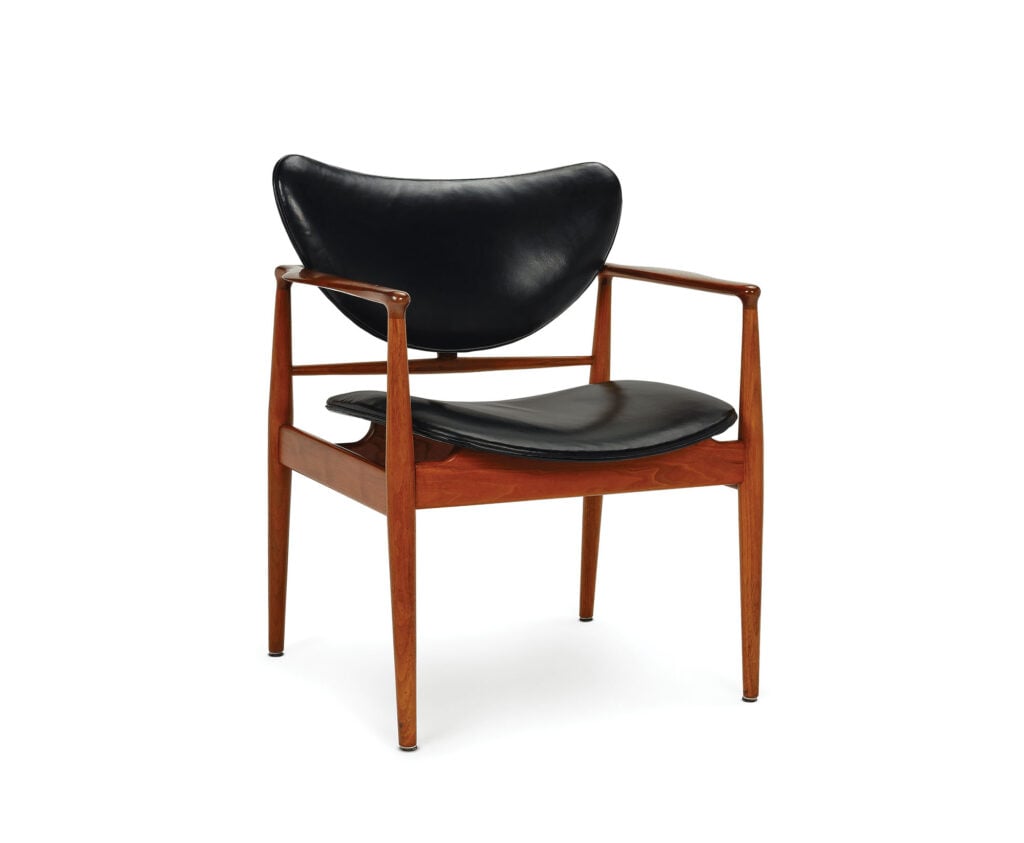
Cocurated by Bobbye Tigerman of LACMA and Monica Obniski of the High Museum of Art in Atlanta, designed by Bestor Architecture, and on view through February 5, the show asserts that Scandinavian design had a far-reaching influence on the course of American Modernism, and vice versa. But it explodes the notion of a single “Scandinavian” sensibility, particularly as organic, natural, warm, or somehow more humanist than that of the Bauhaus. Organized in six themes, the exhibition challenges us to consider the complex, often intricate impact of such design exchanges—touching on, among other things, mass production, the Cold War, immigration, education, sustainability, and accessibility.
The last two topics bring the show through the 1970s and to its forward-looking close. Today as then, designers are called to answer who gets to live with beauty, comfort, and care, and in what kind of world. May we deliver ourselves beyond the impasse.
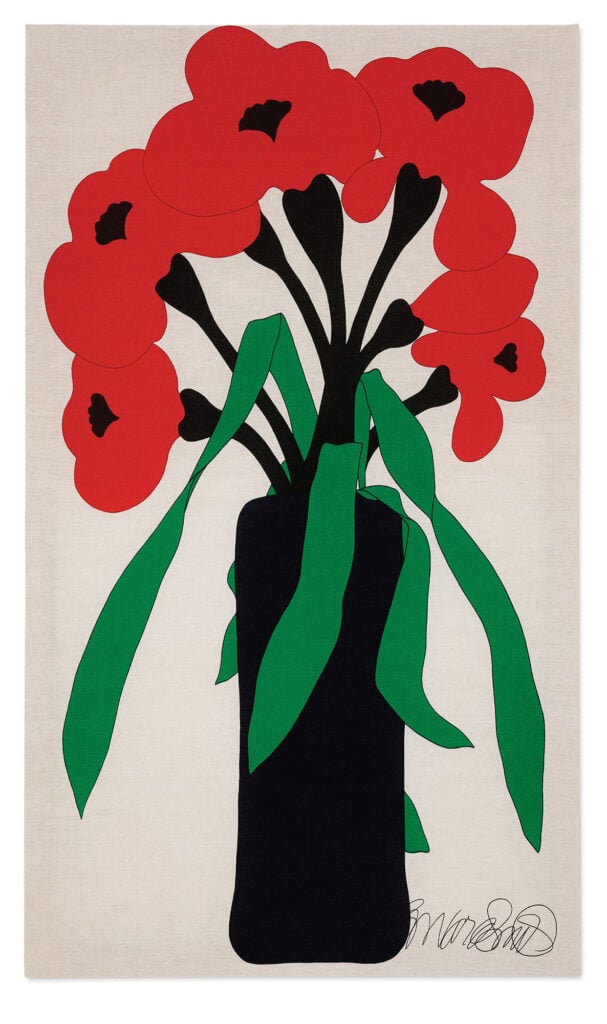
Would you like to comment on this article? Send your thoughts to: [email protected]
Latest
Projects
The Project That Remade Atlanta Is Still a Work in Progress
Atlanta’s Beltline becomes a transformative force—but as debates over transit and displacement grow, its future remains uncertain.
Profiles
WAI Architecture Think Tank Approaches Practice as Pedagogy
Nathalie Frankowski and Cruz García use their practice to help dismantle oppressive systems, forge resistance spaces, and reimagine collective futures.
Products
Functional Beauty: Hardware That Does More Than Look Good
Discover new standout pieces that marry form and function, offering both visual appeal and everyday practicality.



